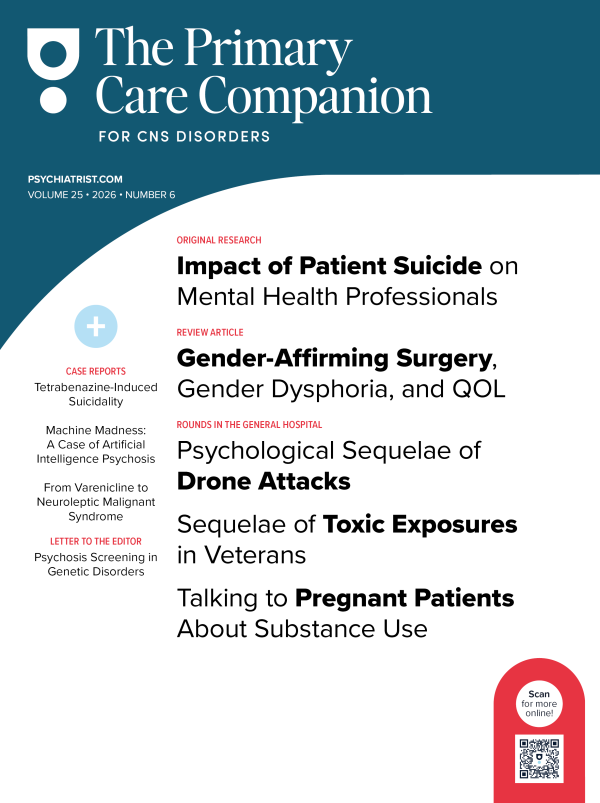Neuropsychological and imaging studies have shown that attention-deficit/hyperactivity disorder (ADHD) is associated with alterations in prefrontal cortex (PFC) and its connections to striatum and cerebellum. Research in animals, in combination with observations of patients with cortical lesions, has shown that the PFC is critical for the regulation of behavior, attention, and affect using representational knowledge. The PFC is important for sustaining attention over a delay, inhibiting distraction, and dividing attention, while more posterior cortical areas are essential for perception and the allocation of attentional resources. The PFC in the right hemisphere is especially important for behavioral inhibition. Lesions to the PFC produce a profile of distractibility, forgetfulness, impulsivity, poor planning, and locomotor hyperactivity. The PFC is very sensitive to its neurochemical environment, and optimal levels of norepinephrine and dopamine are needed for proper PFC control of behavior and attention. Recent electrophysiologic studies in animals suggest that norepinephrine enhances “signals” through postsynaptic α2A-adrenoceptors in PFC, while dopamine decreases “noise” through modest levels of D1-receptor stimulation. Blockade of α2-receptors in the monkey PFC re-creates the symptoms of ADHD, resulting in impaired working memory, increased impulsivity, and locomotor hyperactivity. Genetic alterations in catecholamine pathways may contribute to dysregulation of PFC circuits in this disorder. Stimulant medications may have some of their therapeutic effects by increasing endogenous stimulation of α2A-adrenoceptors and dopamine D1-receptors in the PFC, optimizing PFC regulation of behavior and attention.
This PDF is free for all visitors!


